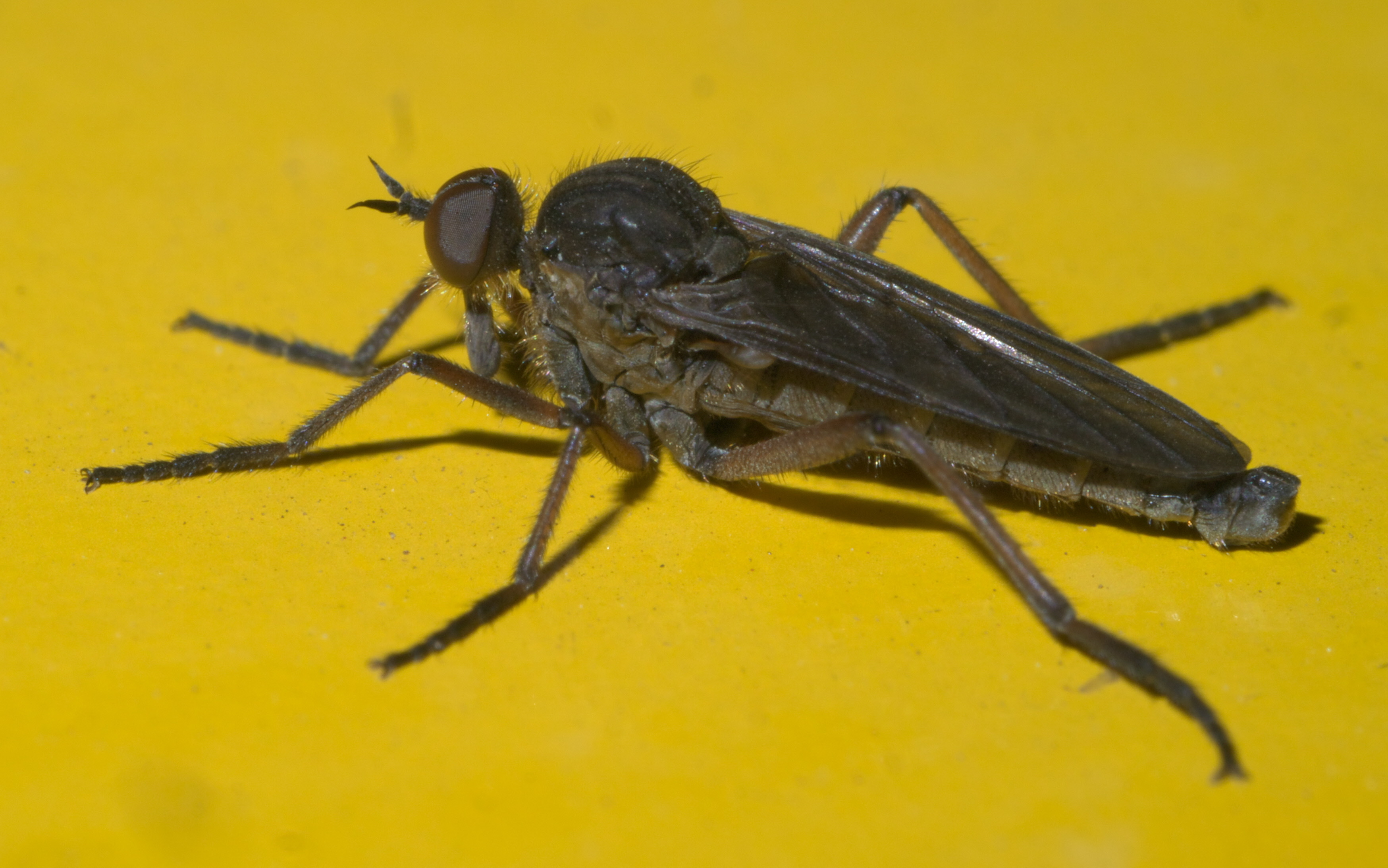|
Rhamphomyia Biserialis
''Rhamphomyia biserialis'' is a species of dance flies, in the fly Flies are insects of the Order (biology), order Diptera, the name being derived from the Ancient Greek, Greek δι- ''di-'' "two", and πτερόν ''pteron'' "wing". Insects of this order use only a single pair of wings to fly, the hindwing ... family Empididae. References {{Taxonbar, from=Q13986952 Rhamphomyia Asilomorph flies of Europe Insects described in 1910 ... [...More Info...] [...Related Items...] OR: [Wikipedia] [Google] [Baidu] |
James Edward Collin
James Edward Collin (16 March 1876, Kirtling – 16 September 1968) was an English entomologist who specialised in Diptera. He was the author of ''Empididae''. ''British Flies'', Volume 6. University Press, Cambridge (1961). This was the third volume in an uncompleted series begun by his uncle George Henry Verrall. Collin wrote extensively on Diptera of most families of Diptera (excepting those in Nematocera). The specimens collected by Collin and his uncle Verrall are in the Hope Entomological Collections at the University of Oxford. The OUM website provides a searchable database of the new species they described. He was a Fellow of the Royal Entomological Society The Royal Entomological Society is devoted to the study of insects. Its aims are to disseminate information about insects and improving communication between entomologists. The society was founded in 1833 as the Entomological Society of Londo ... and its president 1927–1928. References *Chvála, M. 1970 ol ... [...More Info...] [...Related Items...] OR: [Wikipedia] [Google] [Baidu] |
Empididae
__NOTOC__ Empididae is a family of flies with over 3,000 described species occurring worldwide in all the biogeographic realms but the majority are found in the Holarctic. They are mainly predatory flies like most of their relatives in the Empidoidea, and exhibit a wide range of forms but are generally small to medium-sized, non-metallic and rather bristly. Common names for members of this family are dagger flies (referring to the sharp piercing mouthparts of some species) and balloon flies. The term "dance flies" is sometimes used for this family too, but the dance flies proper, formerly included herein, are now considered a separate family Hybotidae. Description For terms see Morphology of Diptera. Empididae are small to medium-sized flies, rarely large (1.0 to 15.0mm.). The body is slender, or elongated and rarely thickset. The colour ranges from yellow to black, and they may be pollinose or lustrous, but never have a metallic gloss. The head is often small and rounded with ... [...More Info...] [...Related Items...] OR: [Wikipedia] [Google] [Baidu] |
Rhamphomyia
''Rhamphomyia'' is a genus of dance flies, in the fly family Empididae. Species The species of ''Rhamphomyia'' are arranged into subgenera, as follows: ;'' Aclonempis'' Collin, 1926 :*'' Rhamphomyia albohirta'' Collin, 1926 :*'' Rhamphomyia andalusiaca'' Strobl, 1899 :*'' Rhamphomyia clypeata'' Macquart, 1834 :*'' Rhamphomyia eupterota'' Loew, 1873 :*'' Rhamphomyia galactoptera'' Strobl, 1893 :*'' Rhamphomyia gibbifera'' Strobl, 1906 :*'' Rhamphomyia leptopus'' Loew, 1873 :*'' Rhamphomyia longipes'' ( Meigen, 1804) :*'' Rhamphomyia mariobezzii'' Barták, 2001 :*'' Rhamphomyia minor'' Oldenberg, 1922 :*'' Rhamphomyia nox'' Oldenberg, 1917 :*'' Rhamphomyia nubes'' ( Collin, 1969) :*''Rhamphomyia umbripes'' Becker, 1887 ;'' Amydroneura'' Collin, 1926 :*'' Rhamphomyia bipila'' Strobl, 1909 :*'' Rhamphomyia claripennis'' Oldenberg, 1922 :*'' Rhamphomyia crassicauda'' Strobl, 1893 :*'' Rhamphomyia erythrophthalma'' Meigen, 1830 :*'' Rhamphomyia gibba'' ( Fallén, 1816) ... [...More Info...] [...Related Items...] OR: [Wikipedia] [Google] [Baidu] |
